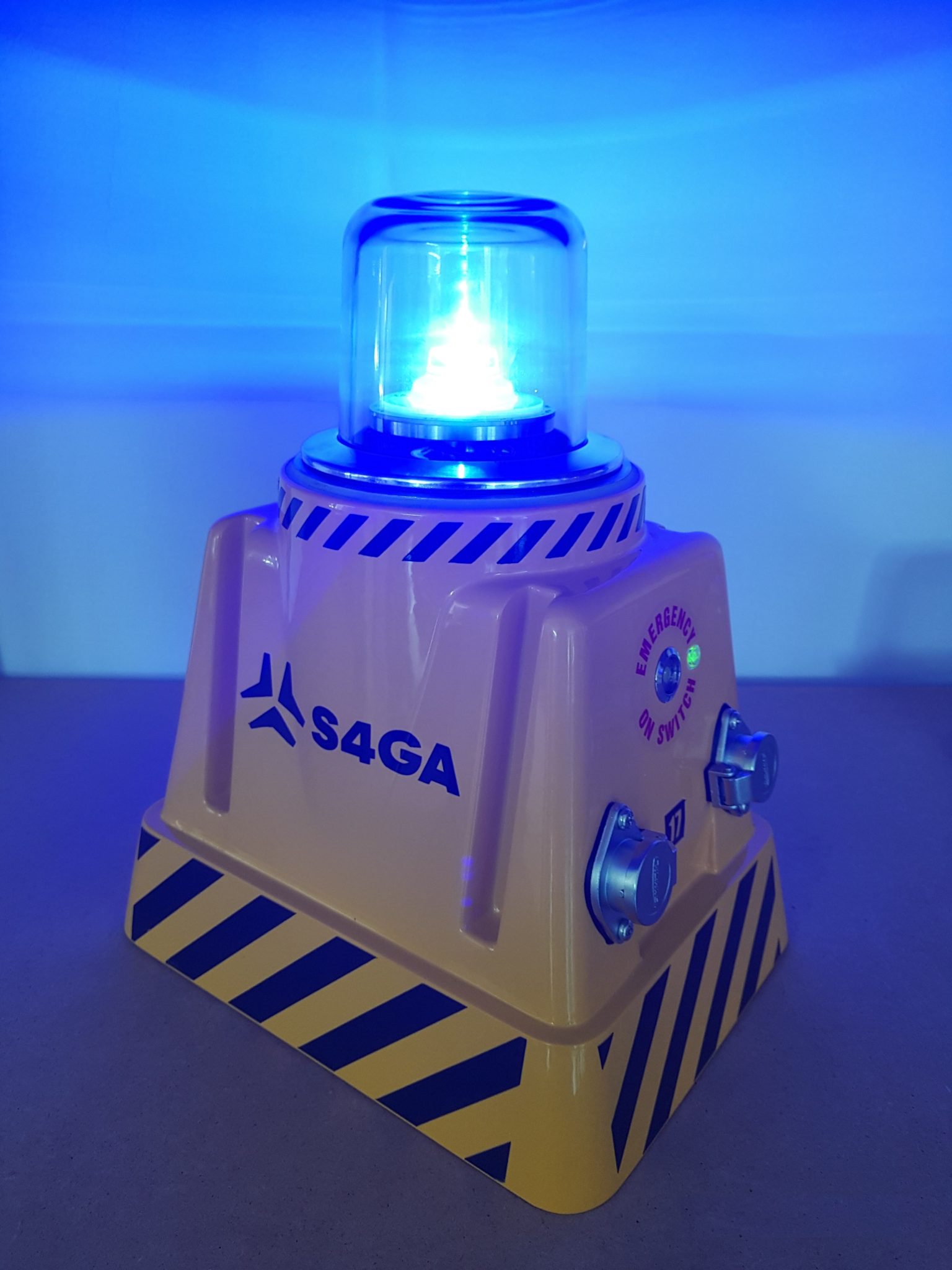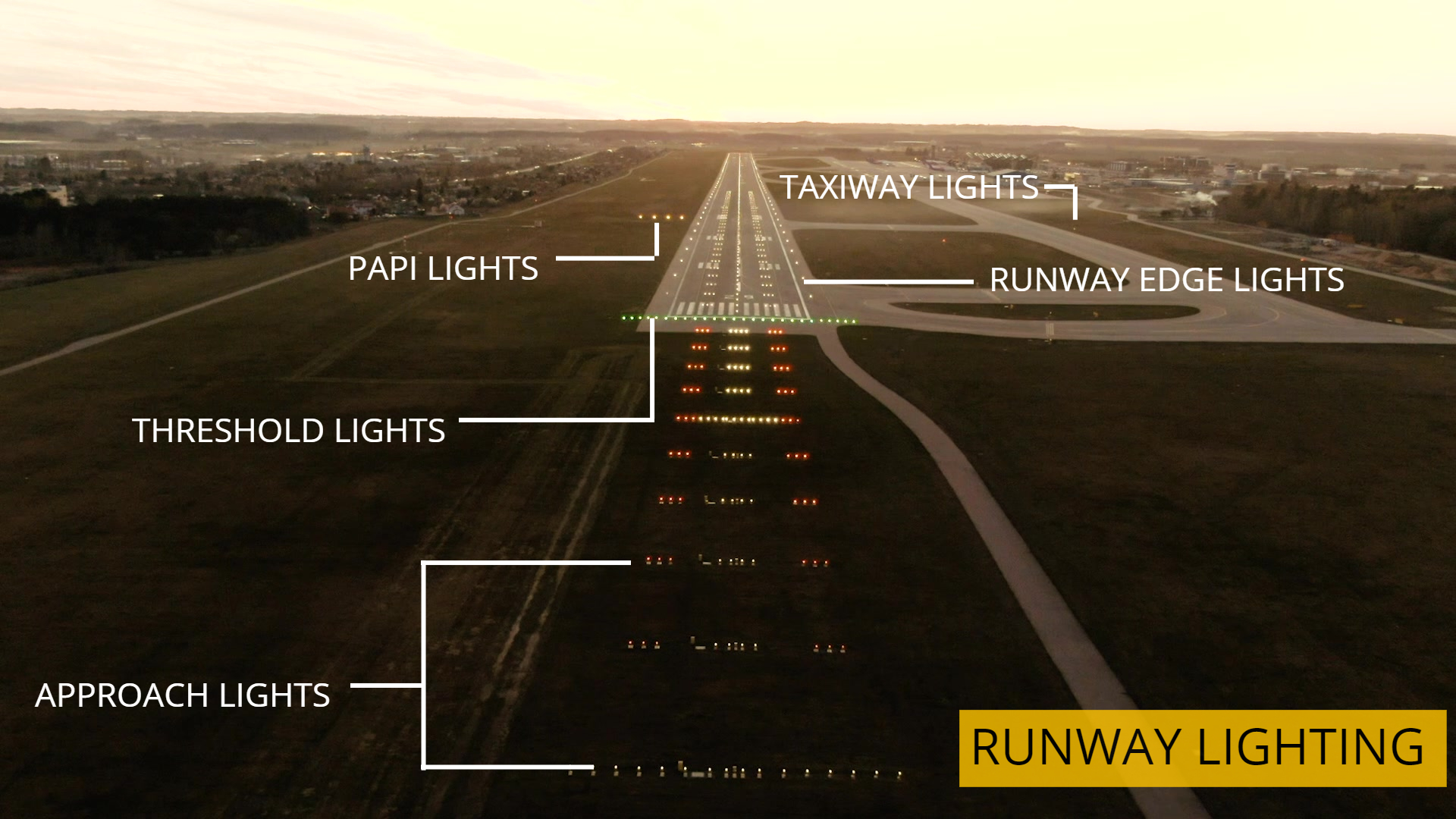

Runway centerline lights and touchdown zone lights are required for CAT II and CAT III runways, and for CAT I runways used for landing operations below 2,400 foot RVR. Keep in mind, however, that if you’re not landing on an instrument runway, the edge lights are white all the way to the end of the runway.

This forms a caution zone for landing on instrument runways at nighttime. On instrument runways, edge lights are yellow on the last 2,000′, or half the runway length, whichever is less. Runway edge lights are white until you start getting close to the departure end of the runway.

In addition, the runway edge lights must be two to ten feet offset from the full-strength paved runway edge. For runways with intersecting taxiways or alternative runways, the maximum gap cannot exceed four hundred feet. There are roughly nine color combinations of lighting you’ll notice around the edges of runways.īoth High-Intensity Runway Lights (HIRLs) and Medium Intensity Runway Lights (MIRLs) require a maximum spacing of two hundred feet between each runway edge light. Colors Found In The Runway Edge LightingĪccording to the FAA’s most up-to-date airfield Standards publication. Runway lighting is important for aircraft operating at night. Here’s how they’re spaced, and how these lights can make your next night flight safer. And the lights are spaced at defined intervals. If you’ve been to any major airport at night, you may have noticed on the runway there are a lot of different kinds of lights, ranging from flashing white or pulsating yellow to steady red and even blue.


 0 kommentar(er)
0 kommentar(er)
